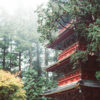Thanks to its gorgeous Mediterranean climate and lovely mix of both developed, sophisticated resorts and simple villages,
Portugal’s Algarve is an ever-popular year-round destination.
It also has some 16 golf centres — most popular during the winter — and lots of leisure complexes; welcome to “Sportugal”.
The Algarve coastline has two characters. To the west of Faro — where all flights to the Algarve land — a long stretch of bays and coves is interrupted by rocky outcrops and grottoes. To the east, towards the Spanish border, there are stretches of mudflats and long sandbanks, often only accessible by boat. The two main resort towns of the western stretch are Albufeira and Lagos, occupying the most developed tourist area on the Algarve, with loads of villas, hotels, apartments and purpose-built resorts.
Albufeira is the biggest and most-tourist-intensive town. It’s for those who seek happy hours, karaoke machines, nightclubs and full English breakfasts on their holiday — with a decent beach for full hangover recovery. It has retained its Moorish feel and still attracts older, richer visitors as well as the package-holiday hordes.
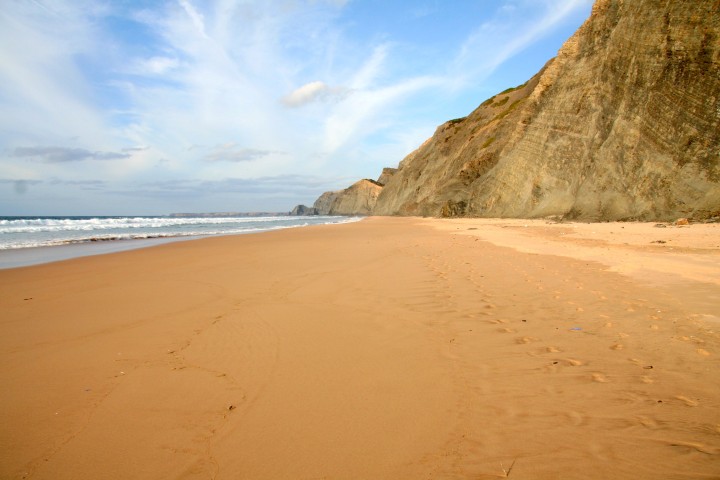
Further west, Lagos, one of the oldest settlements on the Algarve, embraces tourism without too much compromise of its tradition and history. Lagos is also blessed with proximity to the huge Meia Praia, one of the best beaches on the Algarve, and boasts a large new marina, a lively calendar of cultural events and is packed with restaurants; book well in advance before a visit, as Lagos’s population swells tenfold in the summer.
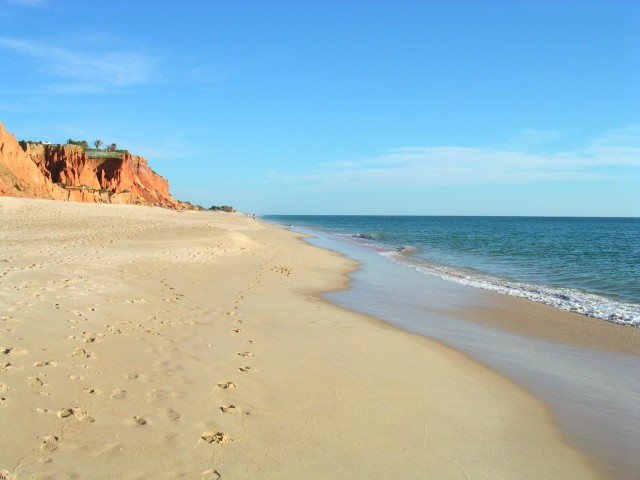
The coast towards Sagres, the southwest corner of Portugal (once considered the edge of the earth by locals), is being steadily developed. The former fishing village ofSalema, 20 kilometres west of Lagos, is the best bet as a base. It has a superb beach and attractive accommodation. The towns along the eastern stretch of the Algarve —Olhao, Tavira and Real de Santo Antonio — are more peaceful and have preserved a lot of their character. Olhao, the largest fishing port on the Algarve, is just eight kilometres from Faro airport, making it the ideal location from which to explore this area.
The most attractive and convivial town on the Algarve is Tavira. On the banks of the river Gilhao, it has a history that stretches back to 400 BC, but was at its most prosperous — as a commercial port — in the 15th and 16th Centuries. Dining by the river looking out onto Tavira’s seven-arch Roman bridge is a highlight of any visit to the Algarve. And one of the most tranquil parts of the Algarve is only a short boat ride away:Tavira Island is a 14-kilometre sand-spit with an attractive beach on its sea side and a more sheltered enclave on the land side. It has a campsite, a handful of villas and a couple of bars and restaurants.
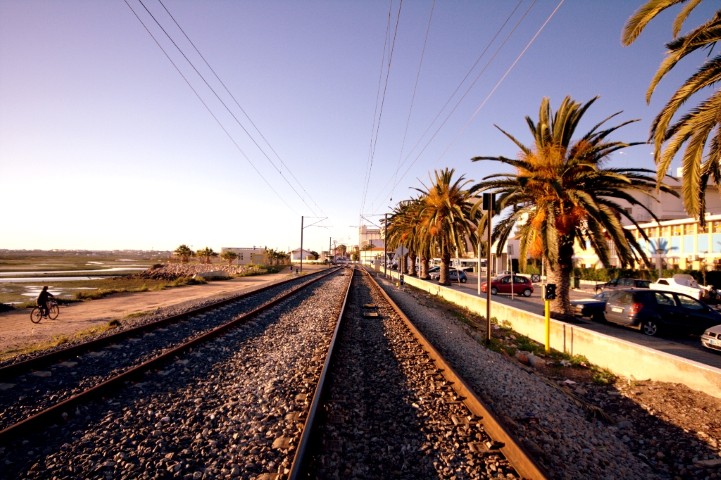
The other resort options on the coast towards Spain include Cabanas, Manta Rota and Alagoa. All three are well developed and have splendid beaches. Monte Gordo, the last resort before the Spanish border, is the most built-up town of this stretch and offers a casino and more accommodation options than the others.
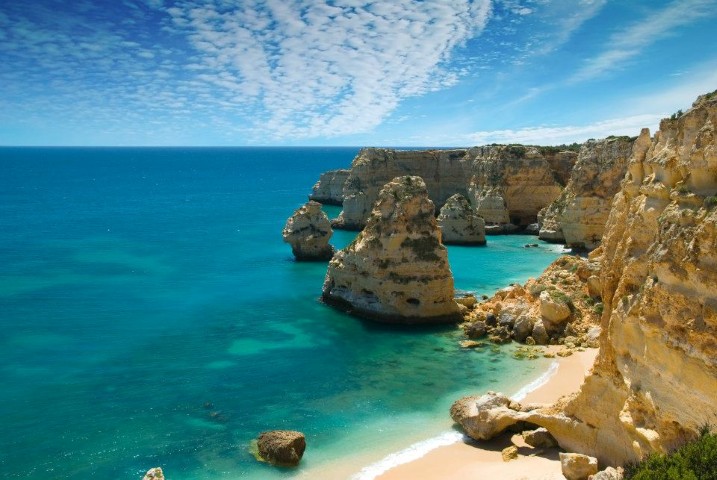
The coast is the obvious attraction of the Algarve, but the interior has plenty to offer too. The Roman ruins of Estói and the historic market town of Loulé, both close to Faro, offer a glimpse of the old Algarve. The Moorish town of Silves is on the way inland towards the cork and chestnut woods and tiny villages of the Serra de Monchique, the highest mountain range of the south. And spa lovers should be sure to check out the beautiful old spa town of Caldas de Monchique, where you can sample the famed waters first-hand with a rejuvenating soak.
Continue to read – The Hidden Charms of Portugal :
The Hidden Charms of Portugal – Travel Guide
Lisbon – The Hidden Charms of Portugal – City Guide







